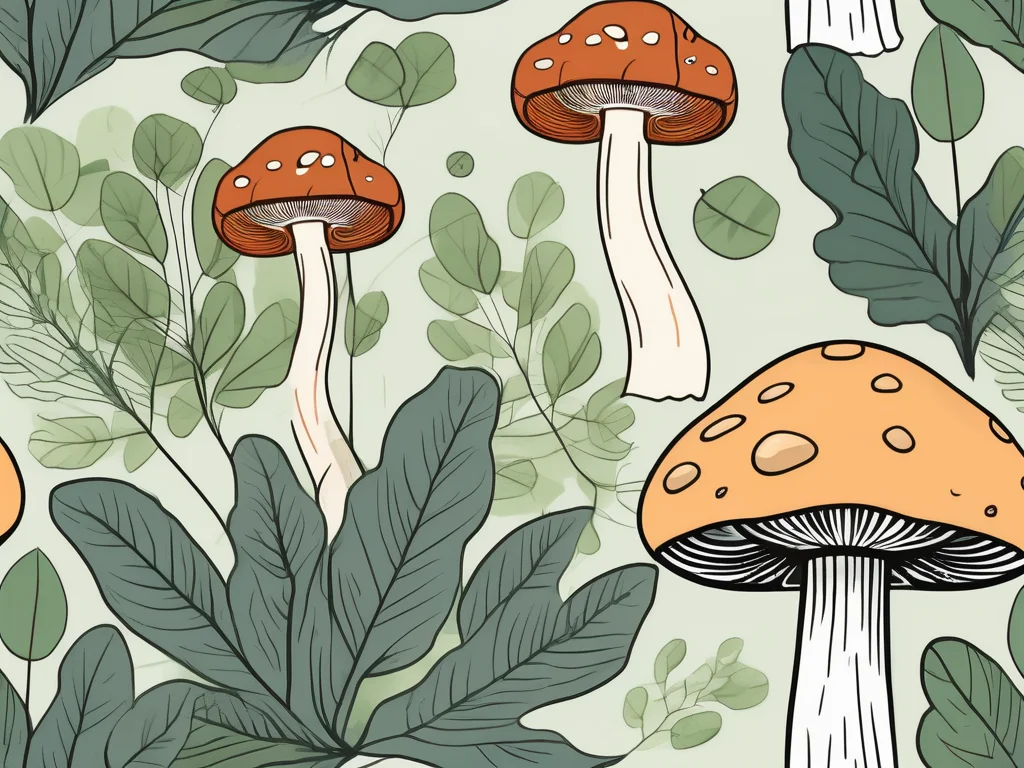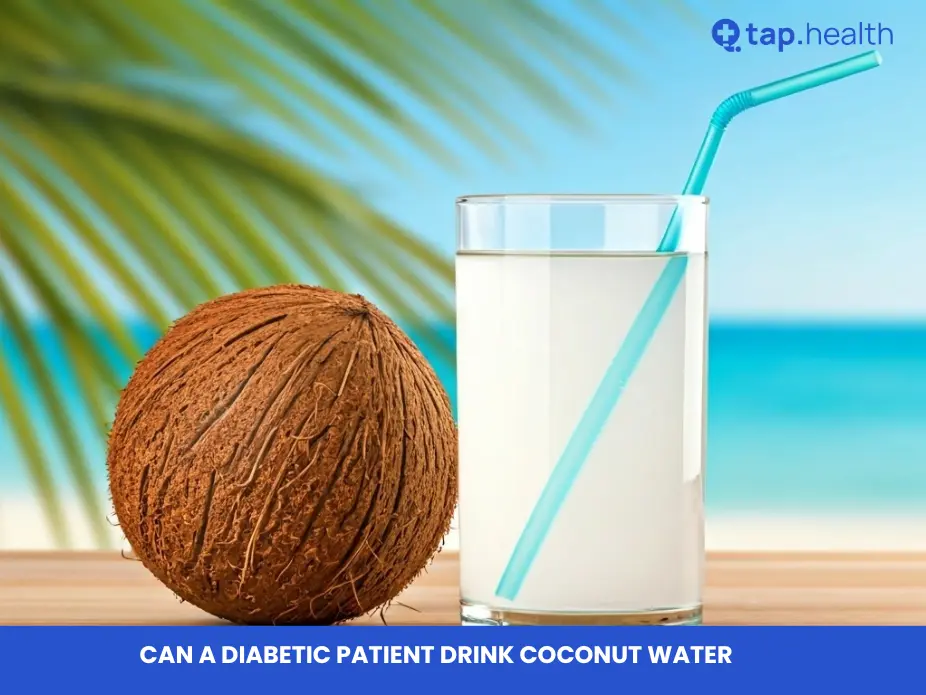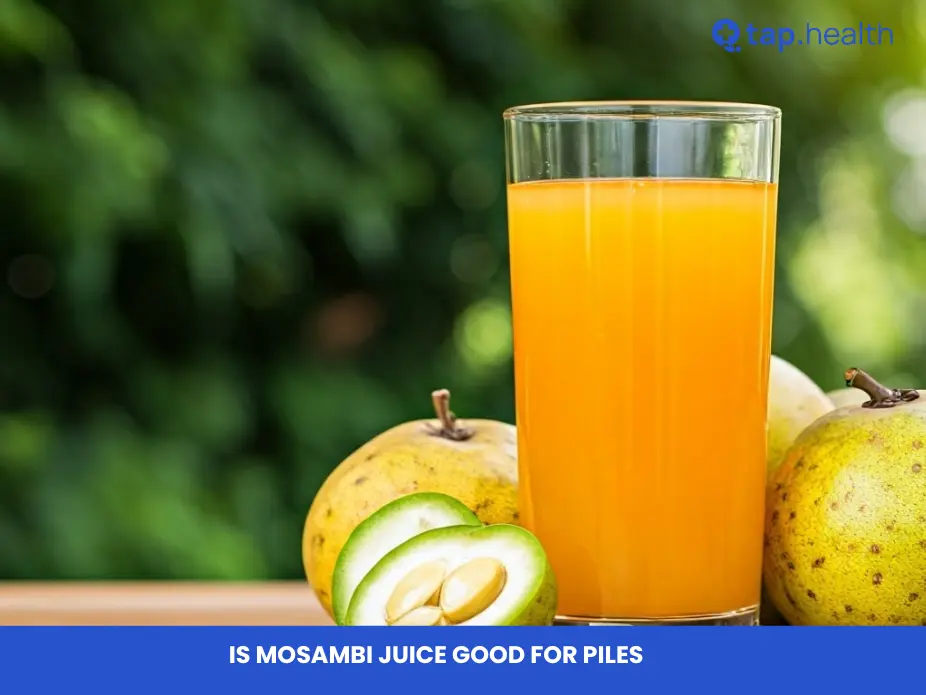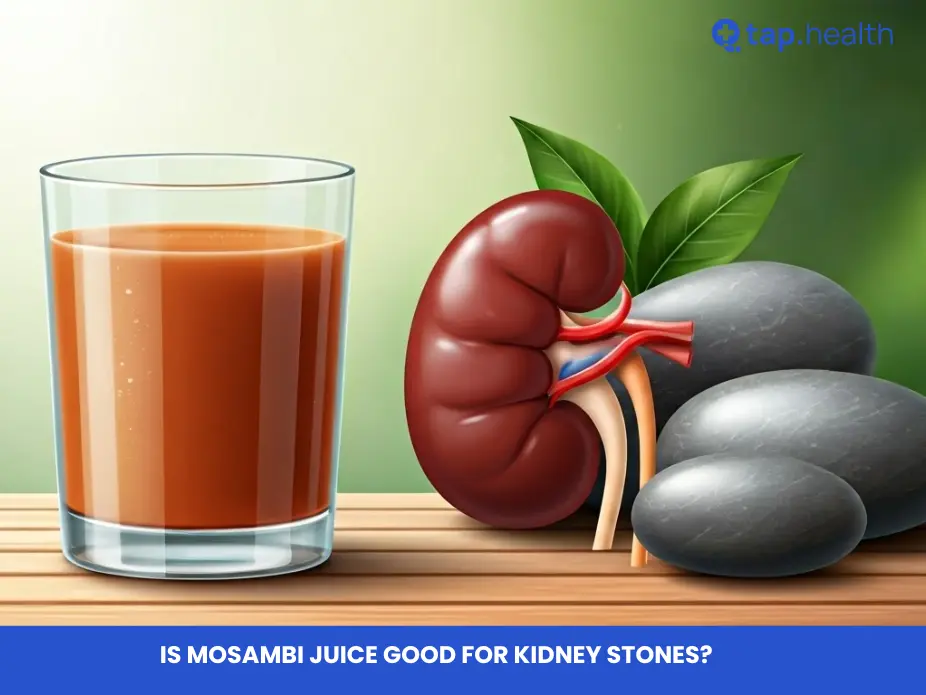Nutrition is a fundamental process that sustains life across ecosystems. Organisms obtain nutrients through two primary modes: autotrophic nutrition, where they produce their own food, and heterotrophic nutrition, where they rely on consuming other organisms. This blog explores the differences between these nutritional strategies, their mechanisms, and their significance in ecological systems, addressing common questions like “What is autotrophic nutrition?” and “How do heterotrophs obtain energy?”
What is Autotrophic Nutrition?
Autotrophic nutrition refers to the ability of organisms, such as plants, algae, and certain bacteria, to synthesize their own food using external energy sources like sunlight or chemical reactions. These organisms, known as autotrophs, are self-sufficient and form the foundation of most ecosystems as primary producers.
How Does Photosynthesis Work in Autotrophs?
Photosynthesis is the primary mechanism of autotrophic nutrition, occurring in chloroplasts containing chlorophyll, a pigment that captures sunlight. Plants use solar energy to combine carbon dioxide (CO₂) and water (H₂O) to produce glucose (a carbohydrate) and oxygen (O₂). The simplified equation is:
6CO2+6H2O+light energy→C6H12O6+6O2 6CO_2 + 6H_2O + light \ energy \rightarrow C_6H_{12}O_6 + 6O_2
Glucose fuels the plant’s metabolic processes, while oxygen is released into the atmosphere, supporting life. Autotrophs also use accessory pigments like carotenoids and phycobilins to absorb a broader spectrum of light, enabling them to thrive in diverse environments, from terrestrial forests to aquatic ecosystems.
What is Chemosynthesis in Autotrophic Organisms?
In environments lacking sunlight, such as deep-sea hydrothermal vents, some autotrophs rely on chemosynthesis. This process uses chemical energy from inorganic compounds like hydrogen sulfide or methane to produce organic molecules. For example, bacteria like Thiomargarita namibiensis oxidize hydrogen sulfide to sustain ecosystems in extreme conditions, supporting organisms like tube worms.
Key Characteristics of Autotrophic Nutrition
- Self-sufficiency: Autotrophs produce organic compounds from inorganic materials.
- Energy conversion: They transform sunlight or chemical energy into chemical energy stored in glucose.
- Oxygen production: Photosynthesis releases oxygen, vital for atmospheric balance.
- Specialized structures: Chloroplasts in plants or unique adaptations in chemosynthetic bacteria facilitate nutrient production.
What is Heterotrophic Nutrition?
Heterotrophic nutrition involves organisms, called heterotrophs, that cannot synthesize their own food and must consume other organisms or organic matter. This group includes animals, fungi, some protists, and certain bacteria, each employing diverse feeding strategies to meet their nutritional needs.
What Are the Types of Heterotrophs?
Heterotrophs are classified based on their feeding habits:
- Herbivores: Consume plants (e.g., cows, deer).
- Carnivores: Feed on other animals (e.g., lions, wolves).
- Omnivores: Eat both plants and animals (e.g., humans, bears).
- Scavengers: Feed on dead organisms (e.g., vultures).
- Detritivores: Consume decomposing organic matter (e.g., earthworms).
- Parasites: Derive nutrients from living hosts (e.g., ticks).
- Saprophytes: Absorb nutrients from dead matter (e.g., fungi).
How Do Heterotrophs Digest Food?
Heterotrophs use specialized structures for ingestion and digestion. For instance, humans have a complex digestive system with organs like the stomach and intestines, where enzymes break down food into absorbable nutrients. Other heterotrophs, like fungi, secrete enzymes externally to decompose organic matter before absorption.
Key Characteristics of Heterotrophic Nutrition
- Dependence: Heterotrophs rely on preformed organic compounds.
- Diverse feeding strategies: Adaptations like teeth, claws, or enzymes aid in food acquisition and digestion.
- Nutrient absorption: Digested nutrients are absorbed to meet energy needs.
How Do Autotrophic and Heterotrophic Nutrition Differ?
The primary difference between autotrophic and heterotrophic nutrition lies in their energy acquisition:
- Autotrophs produce their own food using external energy sources, occupying the first trophic level as primary producers.
- Heterotrophs consume other organisms, occupying higher trophic levels as consumers.
Comparative Analysis
| Aspect | Autotrophic Nutrition | Heterotrophic Nutrition |
|---|---|---|
| Food Source | Inorganic materials (e.g., CO₂, H₂O) | Organic matter (plants, animals, detritus) |
| Energy Source | Sunlight or chemical reactions | Consumed organic compounds |
| Trophic Level | Primary producers | Primary, secondary, or tertiary consumers |
| Examples | Plants, algae, chemosynthetic bacteria | Animals, fungi, some bacteria |
| Ecological Role | Produce oxygen, fix carbon | Recycle nutrients, control populations |
Why Are Autotrophs and Heterotrophs Important in Ecosystems?
Autotrophs and heterotrophs are interdependent, maintaining ecological balance through their roles in energy flow and nutrient cycling.
Role in Energy Flow
Autotrophs capture solar or chemical energy, converting it into organic matter that fuels ecosystems. Heterotrophs transfer this energy through the food chain by consuming autotrophs or other heterotrophs. However, energy is lost as heat at each trophic level, limiting the number of levels in a food chain.
Role in Nutrient Cycling
Autotrophs absorb inorganic nutrients (e.g., nitrogen, phosphorus) to produce organic compounds. Heterotrophs, through feeding and decomposition, break down organic matter, releasing nutrients back into the environment for autotrophs to reuse.
Ecological Balance
The interplay between autotrophs and heterotrophs forms complex food webs, ensuring ecosystem stability. For example, phytoplankton (autotrophs) produce oxygen and serve as food for zooplankton (heterotrophs), supporting marine ecosystems.
What Adaptations Support Autotrophic and Heterotrophic Nutrition?
Autotrophic Adaptations
- Leaf structure: Broad leaves maximize sunlight absorption, while stomata facilitate gas exchange.
- Accessory pigments: Carotenoids and phycobilins enhance light absorption in varied conditions.
- Chemosynthetic adaptations: Bacteria in extreme environments metabolize inorganic compounds like sulfur or iron.
Heterotrophic Adaptations
- Feeding mechanisms: Specialized structures like teeth, beaks, or claws aid in capturing prey.
- Digestive systems: Complex digestive tracts or external enzyme secretion optimize nutrient absorption.
- Symbiotic relationships: Some heterotrophs, like corals, rely on autotrophic algae for nutrients.
How Do Autotrophs and Heterotrophs Shape Ecosystems?
The nutritional strategies of autotrophs and heterotrophs drive ecosystem dynamics:
- Autotrophs regulate atmospheric CO₂ and produce oxygen, supporting global climate stability.
- Heterotrophs control populations through predation and decomposition, preventing overgrowth of any species.
For example, in a forest ecosystem, trees (autotrophs) produce glucose and oxygen, supporting herbivores like deer (heterotrophs). Predators like wolves (heterotrophs) regulate deer populations, maintaining balance. Decomposers like fungi recycle nutrients, ensuring trees can continue photosynthesis.
Evolutionary Perspectives on Nutritional Modes
Autotrophic nutrition likely evolved first, enabling life to harness environmental energy and colonize new habitats. The emergence of heterotrophic nutrition allowed organisms to exploit these energy-rich autotrophs, leading to diverse feeding strategies and complex ecosystems. This evolutionary divergence explains the vast array of life forms, from photosynthetic algae to predatory mammals.
Real-Life Scenario
Consider a paddy field:
-
The rice plants are autotrophs, creating their own food through photosynthesis.
-
The farmers, birds, and insects that depend on the rice for food represent heterotrophs.
This interconnection between autotrophs and heterotrophs illustrates how ecosystems maintain balance — plants provide energy and oxygen, while animals help in pollination, seed dispersal, and maintaining nutrient cycles.
Expert Contribution
According to Dr. Harini Gupta, a plant biologist at the Indian Institute of Science,
“Autotrophic organisms are the foundation of all food chains. Without their ability to convert solar energy into chemical energy, life on Earth would not be sustainable.”
Meanwhile, ecologist Dr. Ramesh Iyer adds,
“Heterotrophs play an equally vital role by recycling nutrients and maintaining ecological stability.”
Recommendations Grounded in Proven Research and Facts
-
Encourage plant-based ecosystems by supporting reforestation and sustainable agriculture, which strengthen autotrophic nutrition in nature.
-
Maintain biodiversity — different heterotrophic organisms ensure balance in food webs.
-
For students and researchers: conduct small experiments like observing photosynthesis using a leaf disc test or studying decomposition in soil to understand both processes in real life.
-
Refer to credible sources such as NCERT Biology Textbooks, National Geographic Education, and scientific journals on ecology for evidence-based insights.
FAQ About Autotrophic and Heterotrophic Nutrition
What is the main difference between autotrophs and heterotrophs?
Autotrophs produce their own food using sunlight or chemical energy, while heterotrophs consume other organisms for nutrients.
Why are autotrophs called primary producers?
Autotrophs form the base of the food chain, producing organic compounds that support all other trophic levels.
How do heterotrophs contribute to ecosystems?
Heterotrophs recycle nutrients through consumption and decomposition, maintaining nutrient availability for autotrophs.
Can an organism be both autotrophic and heterotrophic?
Yes, some organisms, like certain protists (e.g., Euglena), can switch between autotrophic (photosynthesis) and heterotrophic (consuming organic matter) modes based on environmental conditions.
Conclusion
Autotrophic and heterotrophic nutrition are cornerstone processes that sustain life and drive ecological systems. Autotrophs, through photosynthesis or chemosynthesis, produce the organic matter that fuels ecosystems, while heterotrophs ensure nutrient cycling and energy transfer. Understanding these nutritional modes highlights their critical roles in maintaining ecological balance, supporting biodiversity, and shaping the flow of energy through food webs. By appreciating these processes, we gain insight into the intricate relationships that sustain life on Earth.



